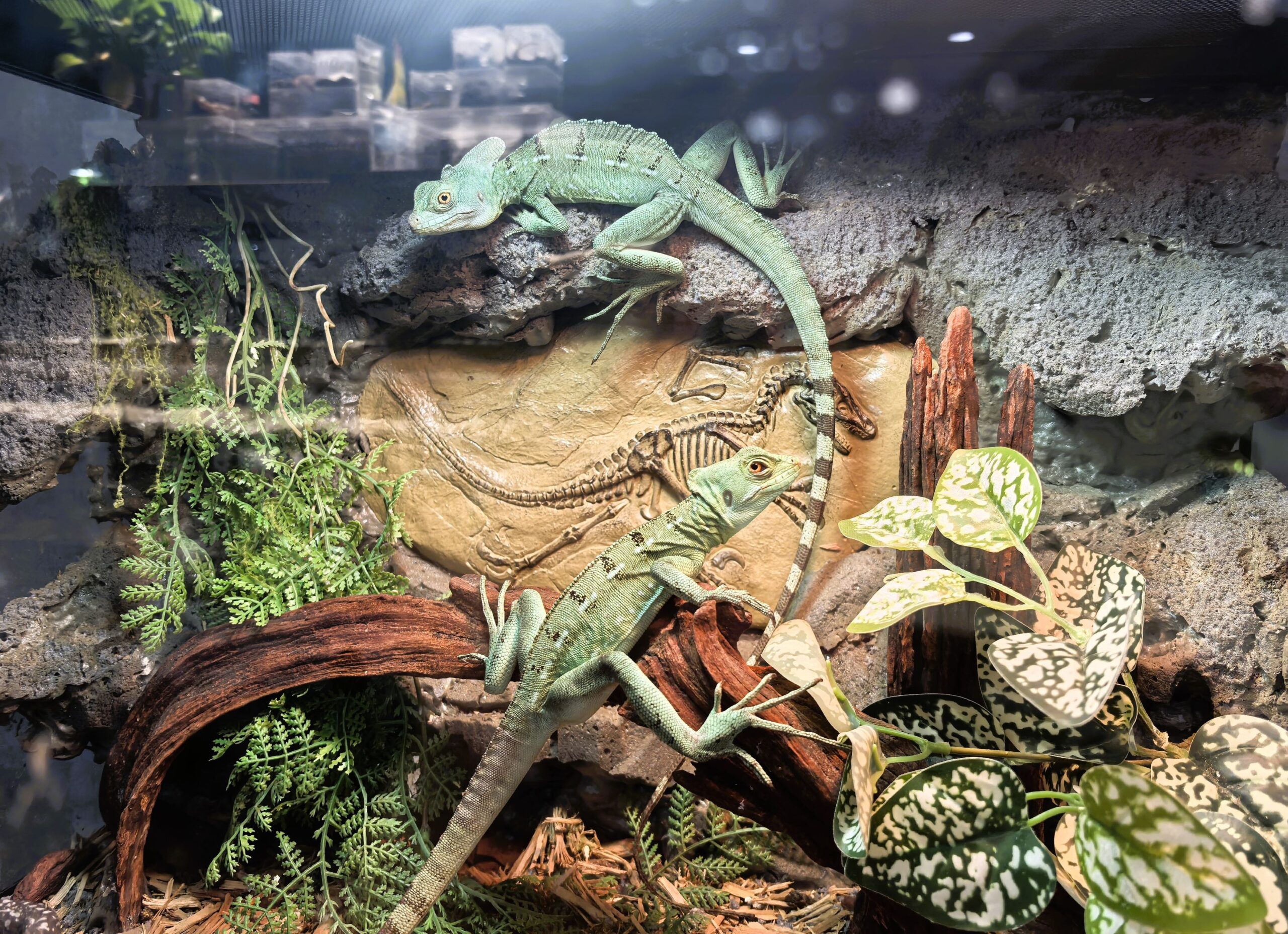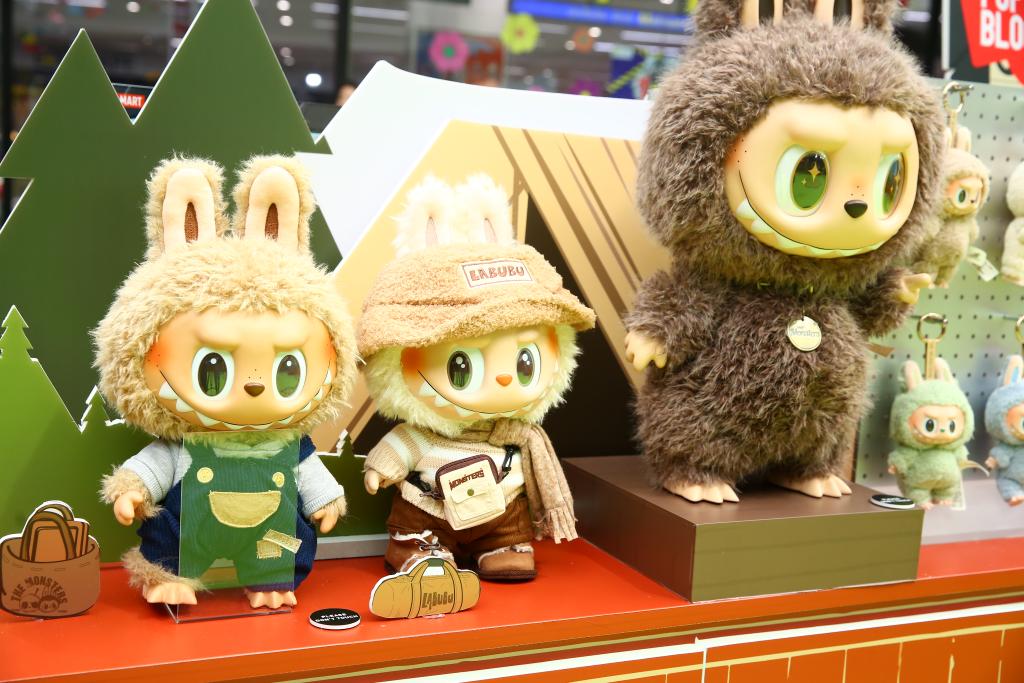Reptiles are trending as pets in China. Easy to care for and surprisingly cute, they’re capturing the hearts of young urban dwellers.
Tucked away in a quiet street in Beijing’s Huairou District, there is a place that surprises many first-time visitors — a reptile-themed experience space called Zhe You Long (“Here Be Dragons”). It’s not just a pet store. It’s a mini jungle, a science lab, and a social hotspot all rolled into one.
Inside, rows of warm-lit terrariums glow like little ecosystems. Each one is home to a different reptile — from blue-tongue skinks and leopard geckos to corn snakes and tree frogs. Plants, rocks, and mist machines recreate their natural habitats. For many guests, it feels like stepping into another world.
“These lizards are kind of cute, once you look at them,” laughs a young mother, as her son presses his face to the glass, staring at a slow-moving gecko. “I’ve only seen these on TV before. I didn’t expect we could touch or feed them!”
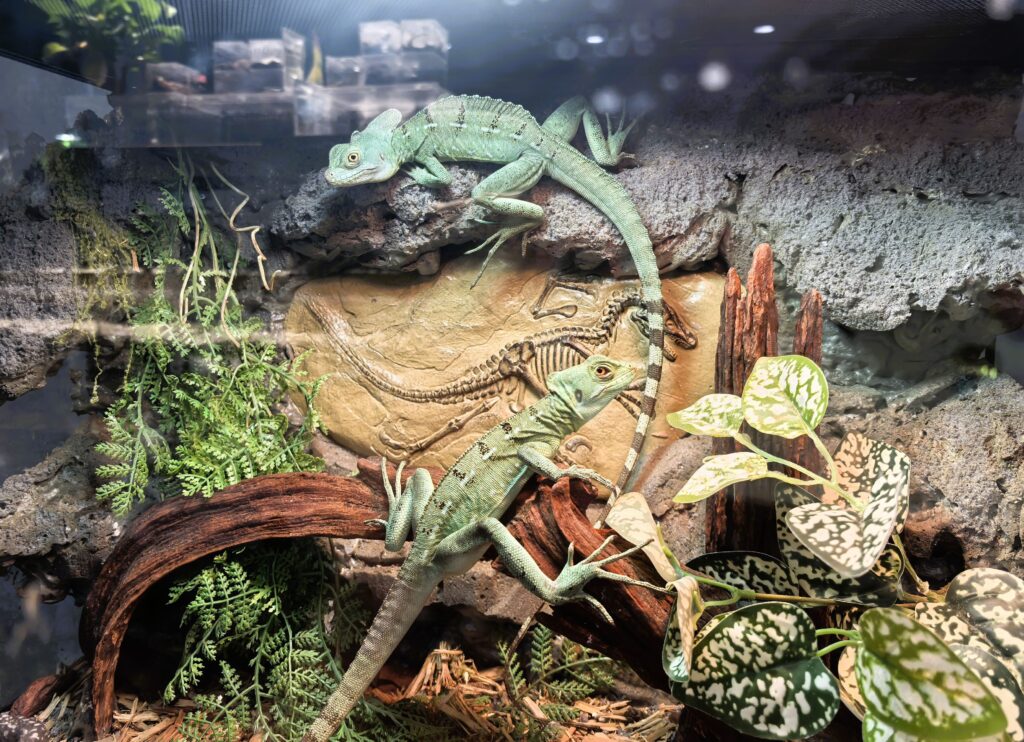
A Growing Trend: Reptiles as Therapy Pets
In the West, reptiles have long been part of the “exotic pet” trend. In China, though, this is something new. Especially in big cities, young people are increasingly drawn to reptiles — not for shock value, but for emotional comfort.
“They’re clean, quiet, and surprisingly gentle,” says the founder of the shop, a man in his 20s with years of reptile-keeping experience. He gently lifts a black king snake from its enclosure. “She’s about 1.2 meters long, weighs 300 grams, and is non-venomous. Very beginner-friendly.”
Kids love the interactive experience here. One boy bravely asks if a snake can sit around his neck. The owner carefully places it on him. “Free summer air conditioning,” he jokes. Parents laugh. Children ask curious questions — “What do they eat?” “Are they boys or girls?” “Do they bite?” Staff answer with patience and passion.
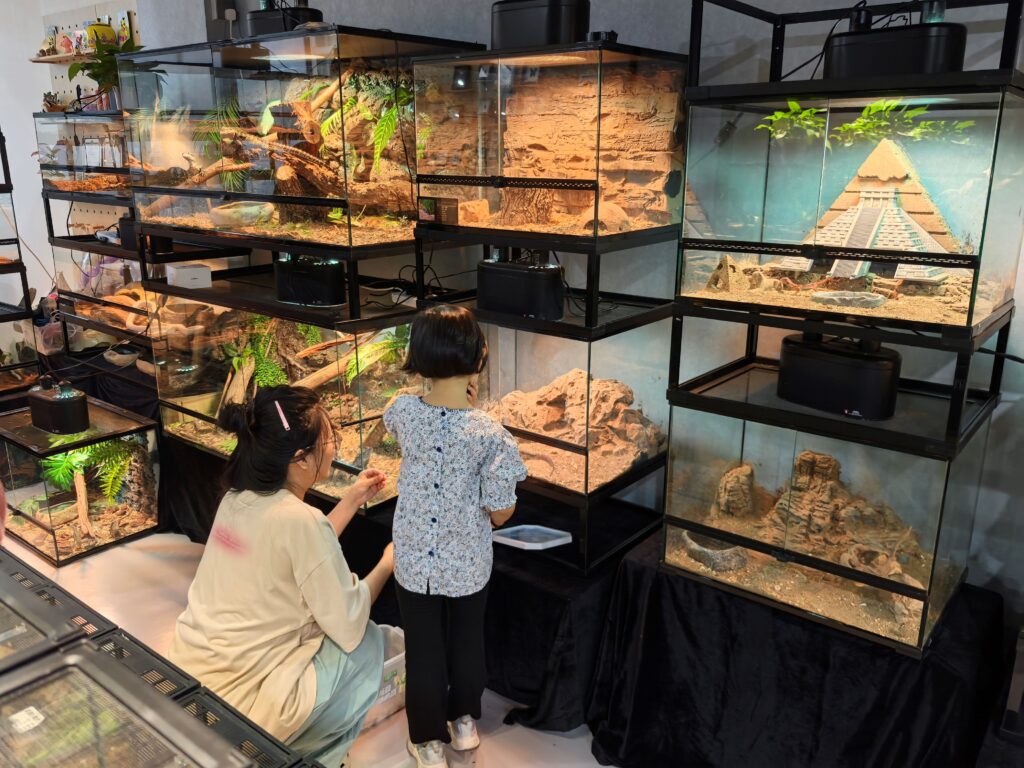
They Don’t Cuddle — But They Heal
Young professionals make up most of the shop’s visitors. Many are here for the first time, and quickly get hooked.
“I have never cared for reptiles before,” says Lin, a 20-something who works long hours in tech. “But after a stressful day, just watching my gecko move around calms me down.” Reptiles don’t bark. They don’t need walks. “Perfect for people like me — introverted, busy, and tired.”
Zhang, who has kept reptiles for three years, adds: “My corn snake is smooth and gentle. Holding her feels like silk. I started paying attention to humidity and temperature, and my whole routine got healthier.”
Compared to dogs and cats, reptiles don’t show affection. But many owners say that’s what makes them special — a quiet, steady presence in a loud, fast-moving world.
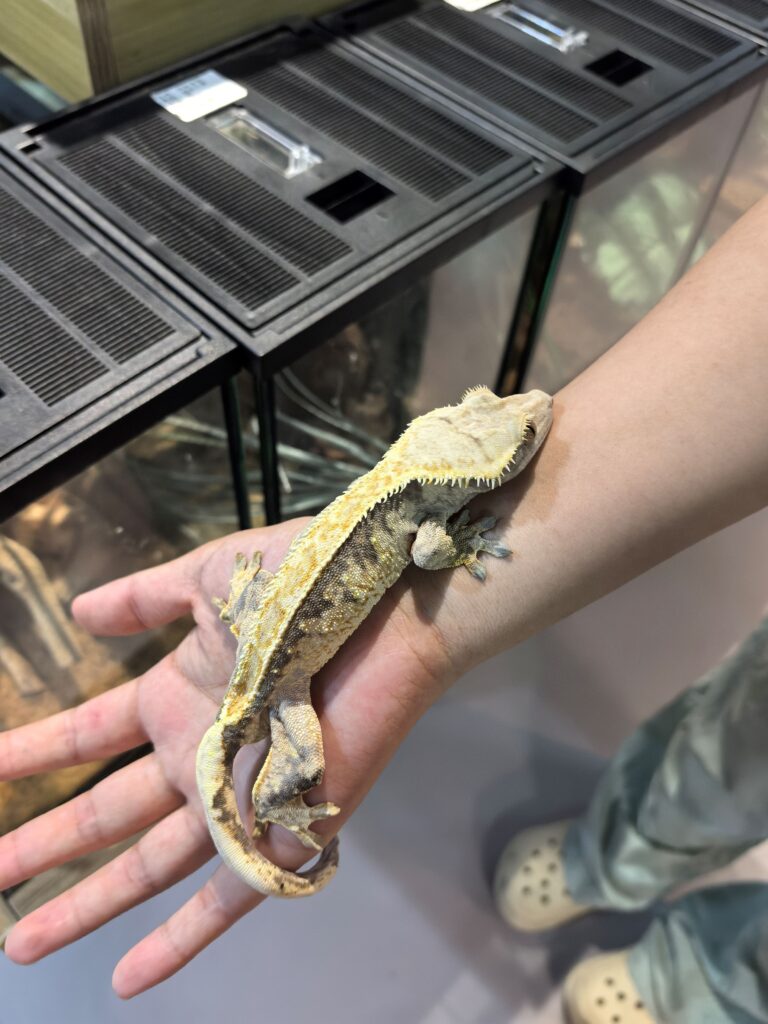
Changing the Way China Sees Animals
In the past, reptiles in China were often seen as scary or dangerous. But as environmental awareness grows, more families now view them with curiosity and respect.
“Everything we sell is captive-bred — no wild collection,” the owner emphasises. “We give buyers full training before they take an animal home. We don’t want people making impulse decisions.”
The shop also sells live feeder insects, such as dubia roaches and mealworms, as well as all the necessary lighting and temperature equipment to create safe and healthy habitats for these insects.
One popular species is the leopard gecko. Some have lost their tails — a natural defence called “autotomy.” These geckos are less expensive, but many customers prefer them. “They’re survivors,” the owner says. “Their scars make them special.”
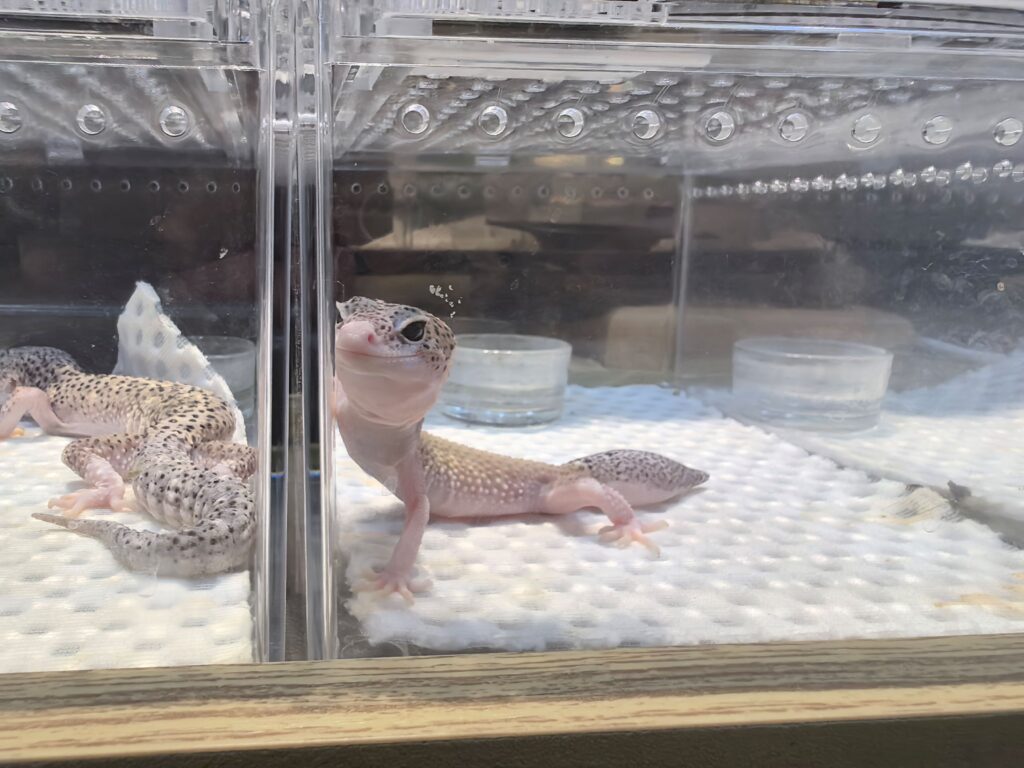
A Billion-Yuan Industry in the Making
According to the 2025 China Pet Industry Report, the number of exotic pet owners is rising fast. Reptiles — especially turtles, snakes, and geckos — are leading the trend. On platforms like Xiaohongshu and Bilibili, videos featuring reptiles and care tips are gaining viral popularity.
Behind the scenes, an entire ecosystem is forming — breeders, gear suppliers, reptile vets, content creators, and more. China’s exotic pet economy is now worth nearly 10 billion yuan and continues to grow.
Challenges remain. Quality reptile vets are rare. Some online content disseminates myths or offers poor advice. The shop owner says, “A lot of people see a cool video and buy a pet the next day. But reptiles are not toys. They need proper care. That’s why education is our top priority.”
“They’re not loud. They don’t beg for attention,” says one regular visitor. “But they’re always there. Quiet, but present. That’s real companionship.”
In China, an increasing number of young people are choosing these “cold-blooded” creatures to warm up their lives, not out of rebellion, but as a way to feel closer to nature and more in control of their surroundings.
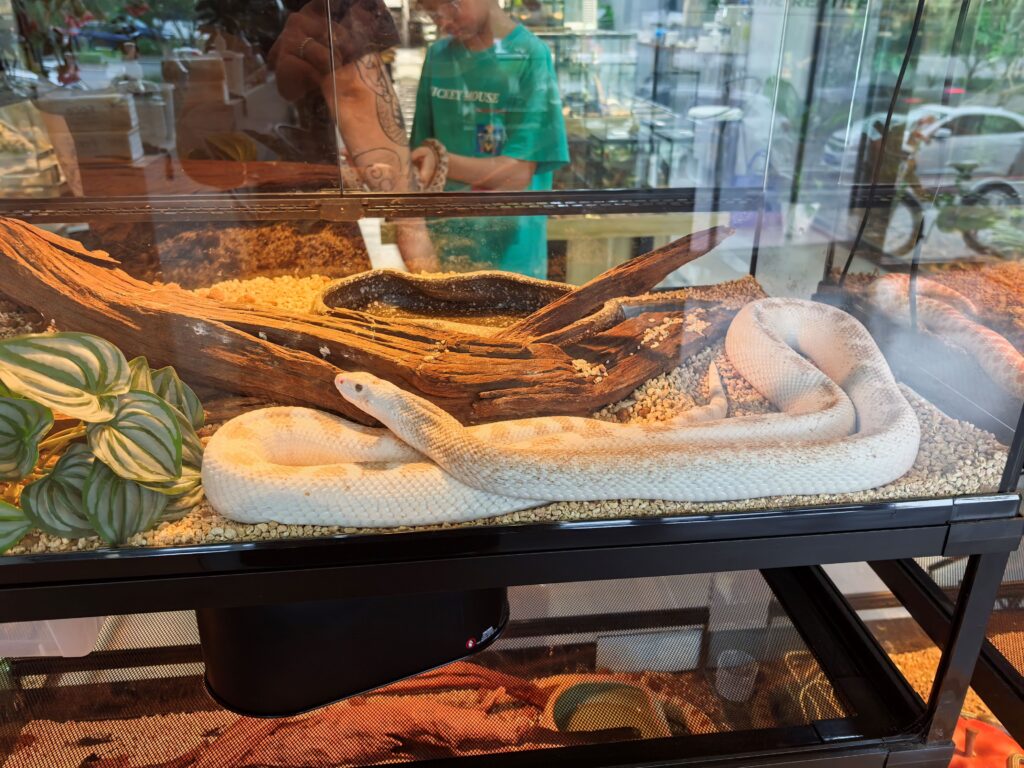
If you liked this article, why not read: Paw-some degree: first 4-year ‘pet’ undergraduate program launched in China

